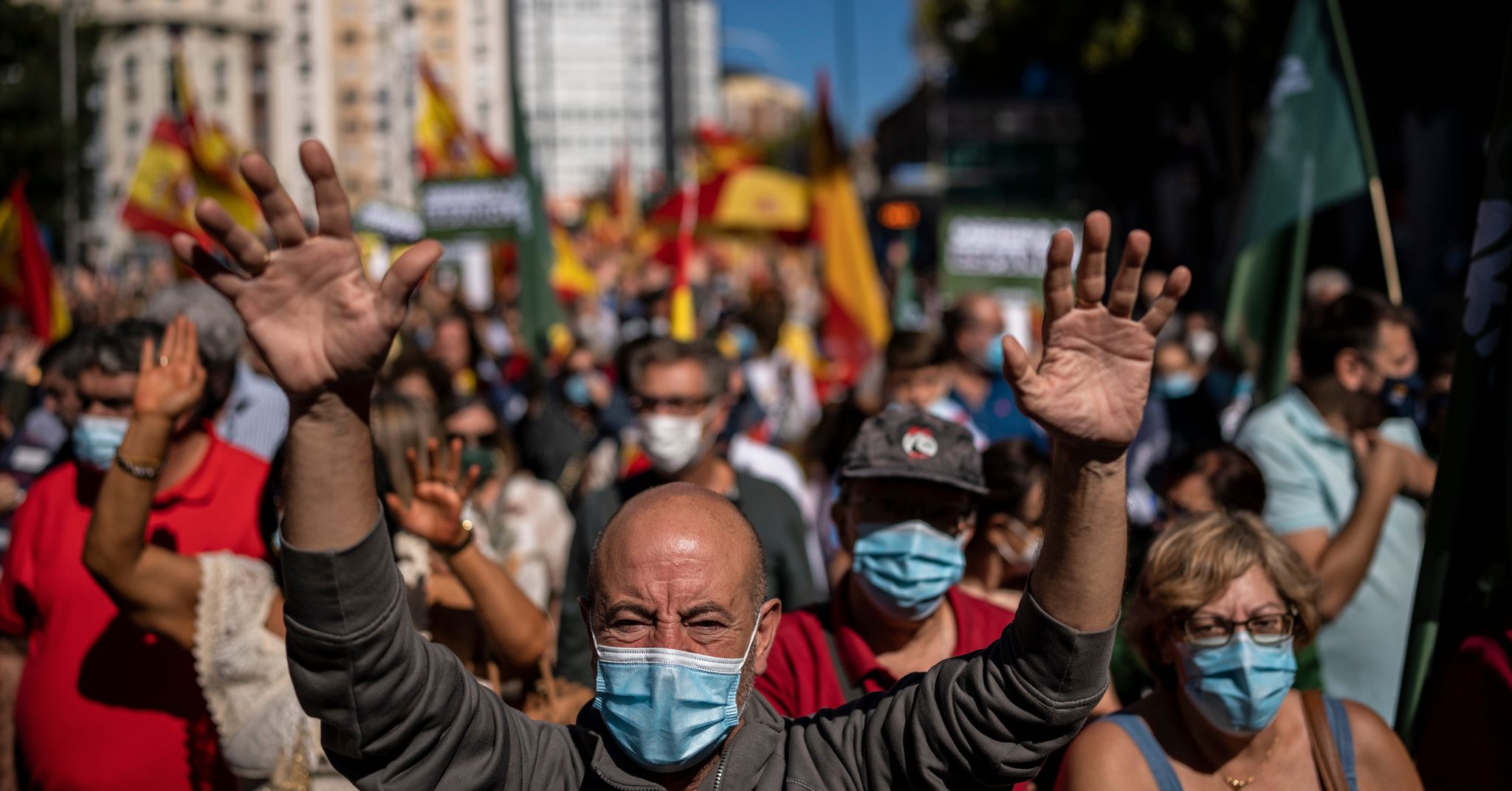In the United States, the New York City Department of Health has reported 14 cases of leptospirosis (13 indigenous cases, one travel-related case) so far in 2021, more than the total number of cases reported to health authorities in previous years. Cases have been identified in all boroughs except Staten Island, with no obvious clustering.
Thirteen of the fourteen people were hospitalized with acute kidney and liver failure, two of them also with severe lung damage. One person died from the infection. All other hospitalized patients were treated and discharged. Most cases had a history or obvious risk factors that exposed them to a heavily rat infested environment. Three cases declared to be homeless.
Between 2006 and 2020, in New York City, 57 cases (44 indigenous, 13 associated with international travel) of leptospirosis were identified by the Department of Health. In New York City, most human cases are associated with exposure to rats or environments where rats live.
Reminders on the leptospirosis :
Leptospirosis is a bacterial disease that is found all over the world. Leptospirosis is caused by the bacteria Leptospira interrogans. This is maintained quite easily in the external environment (fresh water, muddy soils), which favors contamination. The seasonality of the disease is very marked, with a summer-autumn recrudescence linked to heat and precipitation.
The Leptospira are bacteria capable of infecting a large number of wild mammals (rodents and insectivores: rats, pitchers, shrews, etc.) and domestic (cattle, sheep, goats, pigs, dogs), which serve as reservoirs and excrete them in their urine. Bacteria can survive for several months in a humid and hot environment. There are over 250 serovars of Leptospira species, with several serovars endemic in a given geographic area.
Certain professions (farmers, breeders, sewer workers, garbage collectors, etc.) and people practicing water sports (swimming, canoeing, kayaking, fishing, hunting, canyoning, etc.) are particularly at risk. In humans, the bacteria mainly penetrate through damaged skin or mucous membranes.
The disease is often mild but complications are possible, including kidney failure which can lead to death in 5 to 20% of cases. Incubation of the disease lasts from 4 to 14 days. In the moderate form, the disease begins with a high fever with chills, headache, muscle aches and diffuse joint pain. In 20% of cases, it is complicated by a hemorrhagic syndrome. The severe forms (ictero-hemorrhagic or Weil’s disease) combine acute renal failure, neurological damage (convulsions, coma) and more or less severe hemorrhages (pulmonary, digestive). The initial unspecific clinical signs (headache, fever, myalgia) can lead to diagnostic and therapeutic delay by confusion with differential diagnoses such as influenza, chikungunya or dengue.
Prevention and personal protection measures against leptospirosis:
- Avoid swimming in fresh water, especially when carrying wounds, and when the water is cloudy or muddy;
- Avoid contact with water, nose, mouth and eyes;
- Avoid walking barefoot or in open sandals on muddy ground, in puddles, stagnant water, gullies (especially in ultra-marine departments);
- Protect wounds from contact with water with waterproof dressings;
- Wear protective equipment when:
- risky professional activities (breeding, sewer workers, garbage collectors, farmers, working the land, etc.) including boots, gloves, waders, protective clothing, or even anti-splash goggles in the event of a risk of splashing;
- the practice of white water sports such as canyoning, kayaking, including a protective suit, boots and gloves.
- Fight against rodents, which are the reservoir of the disease;
After a risky exposure:
- Wash with potable water and disinfect wounds;
- Consult a doctor without delay in the event of the appearance of symptoms, notifying him of the risky activity carried out in the previous two weeks.
These measures should be reinforced during the rainy season.
There is a vaccination against leptospirosis. Its effectiveness being limited to certain strains of leptospira, it is rarely carried out in practice, mainly concerning professionals.
Source : Outbreak News Today.
–


